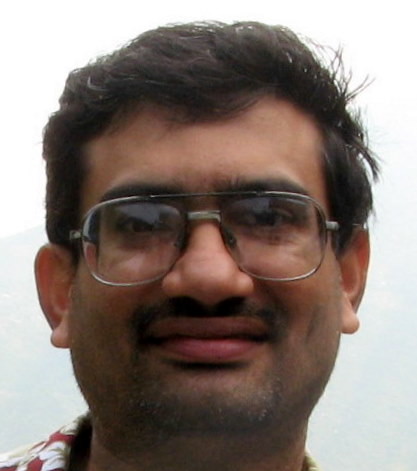 You can’t easily find a cup of coffee priced between Rs. 20 and 35 in Bangalore, and this surprised me.
You can’t easily find a cup of coffee priced between Rs. 20 and 35 in Bangalore, and this surprised me.I was able to find lots of places where a cup of coffee was Rs 15 or cheaper, and several others where it was Rs, 40 or higher.
At the lowest end of the price spectrum (that I was able to find) is the three-Rupee mini-cup. This is really only 2 ounces or so, and I will take this in a real pinch when I really need the hit. . Slightly higher up, for 5 or 6 Rupees, there is filter-coffee in the ubiquitous “darshinis” or fast-food places. Because I am not confident of how well they wash the stainless steel cups, I always ask for a plastic one. The coffee is invariably good, and is actually my choice among all price ranges. In Nescafe kiosks, coffee is anywhere from 7 to 10 Rupees. In slightly better sit-in restaurants, a cup is priced usually from 12 to 15 Rupees. I have found no correlation between price and taste in these restaurants. It is whatever the market can bear.
Between Rs. 15 and 35 is this mysterious price gap.
Once you go over to the other side of 35 Rupees, you can get lots of fancy coffee. Clearly, these places sell the ambience, since I personally find the lower priced filter coffee to be a lot tastier. But these cafés are good places to meet business acquaintances, new friends and old college-mates, to catch up in leisure. There are also the higher priced (more than Rs 100) cappuccinos, espressos, and Café Americanos, but there you are paying for the idea of coffee in a very fancy place.

In Bangalore, I haven’t seen any Starbucks at all, though I haven’t made up my mind about whether this is good or bad. Café Coffee Day has more than stepped in to fill that role.
So why is there this big gap in the pricing? Here’s my unscientific theory. I suspect that the middle class, who would have been the natural target customers for the 25- and 30-Rupee cups of coffee have upgraded. Having come into lots of disposable income thanks to the IT and the real-estate pricing boom, they have upgraded and shifted right in the coffee price continuum, leaving this gap.




 Ram
Ram




